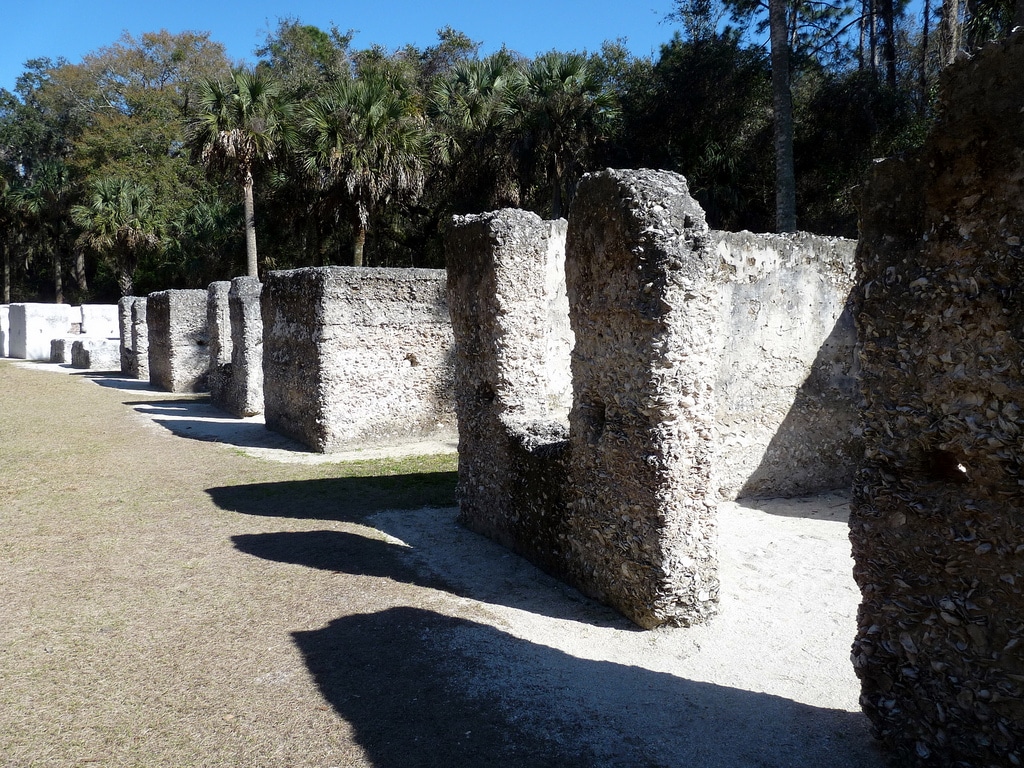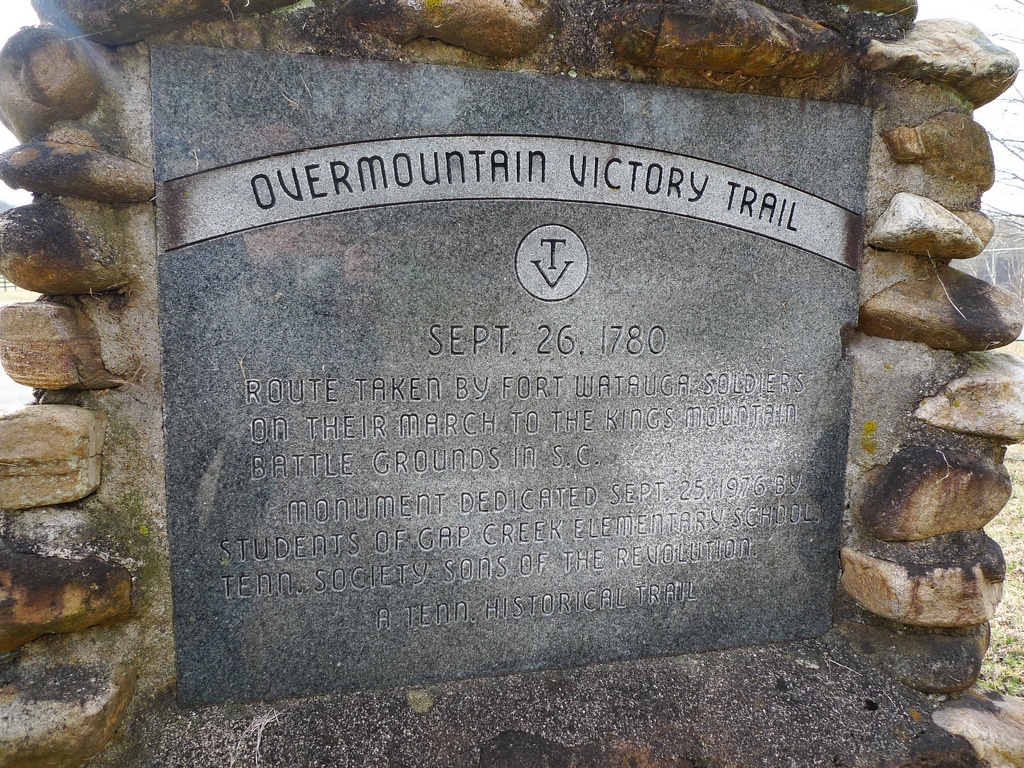National Parks of South Carolina
There is currently seven National Park Service Site in South Carolina and three associated sites.
Official National Parks of South Carolina
- Charles Pinckney National Historic Site
- Congaree National Park
- Cowpens National Battlefield
- Fort Sumter and Fort Moultrie Natioanal Historical Park
- Kings Mountain National Military Park
- Ninety Six National Historic Site
- Reconstruction Era National Historical Park
Associated sites of South Carolina
- Gullah/Geechee Cultural Heritage Corridor
- Overmountain Victory National Historic Trail
- South Carolina National Heritage Corridor
[show-map id=”50″]
South Carolina National Parks
Charles Pinckney National Historic Site
Congaree National Park
Cowpens National Battlefield
Fort Sumter and Fort Moultrie Natioanal Historical Park
Kings Mountain National Military Park
Ninety Six National Historic Site
Reconstruction Era National Historical Park
Gullah/Geechee Cultural Heritage Corridor
The Gullah/Geechee Cultural Heritage Corridor covers the Atlantic coastal region of Florida, Georgia, North Carolina, and South Carolina. The area focuses on protecting the Gullah-Geechee people and culture. The Gullah-Geechee people are descendend from West African slaves forced to work in the cotton fields, rice paddies, and indigo plantations.
Visitors can explore the unique culture thru seveal museums, historical churches and schoolhouse and the remains of plantations. There are 79 Atlantic barrier island in the area. Charles Pinckney National Historic Site is located in the region.
Gullah/Geechee Cultural Heritage Corridor was created in October 12, 2006.

Overmountain Victory National Historic Trail
The Overmountain Victory National Historic Trail is primarily an auto trail thru Virginia, Tennessee, North Carolina, and South Carolina. The trail is operated in cooperative effort by the U.S. Forest Service, U.S Army Corps of Engineers, National Park Service, and local efforts. The trail is a 330-mile corridor. The trail follows the route American patriots traveled during the Revolutionary War to the Battle of King’s Mountain.
These men hike and road from all over the Appalachian mountains to join the militia and fight for American’s independence. Today the trail is 330 miles long and follows many of the original roads used by the men marching. Important sites along the trail include the Fort Watauga Monument, Dunn’s Meadow, Roaring Creek, and Bedford’s Hill.
Overmountain Victory National Historic Trail was created in September 1980.

